Two Suns, Two Moons / 두 개의 태양, 두 개의 달
Oracle (오라클) - Single channel video / 4K / 05 min 14 sec / 2024
Digital Geneticist (디지털 유전학자) - Single channel video / 4K / 06 min 28 sec / 2024
Image Researcher (이미지 분석가) - Single channel video / 4K / 06 min 36 sec / 2024
4o (Sky) - Single channel video / 4K / 07 min 06 sec / 2024
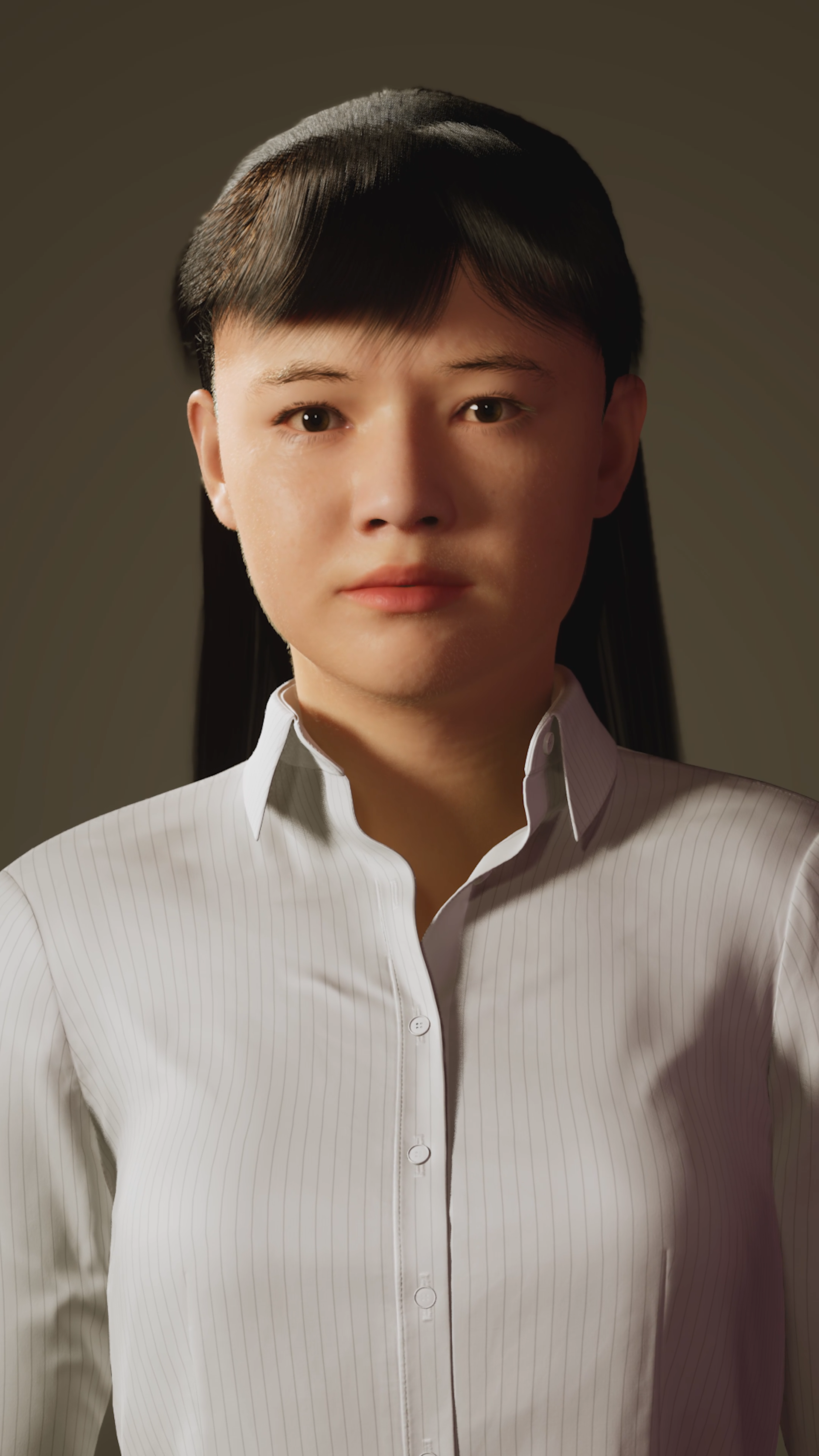
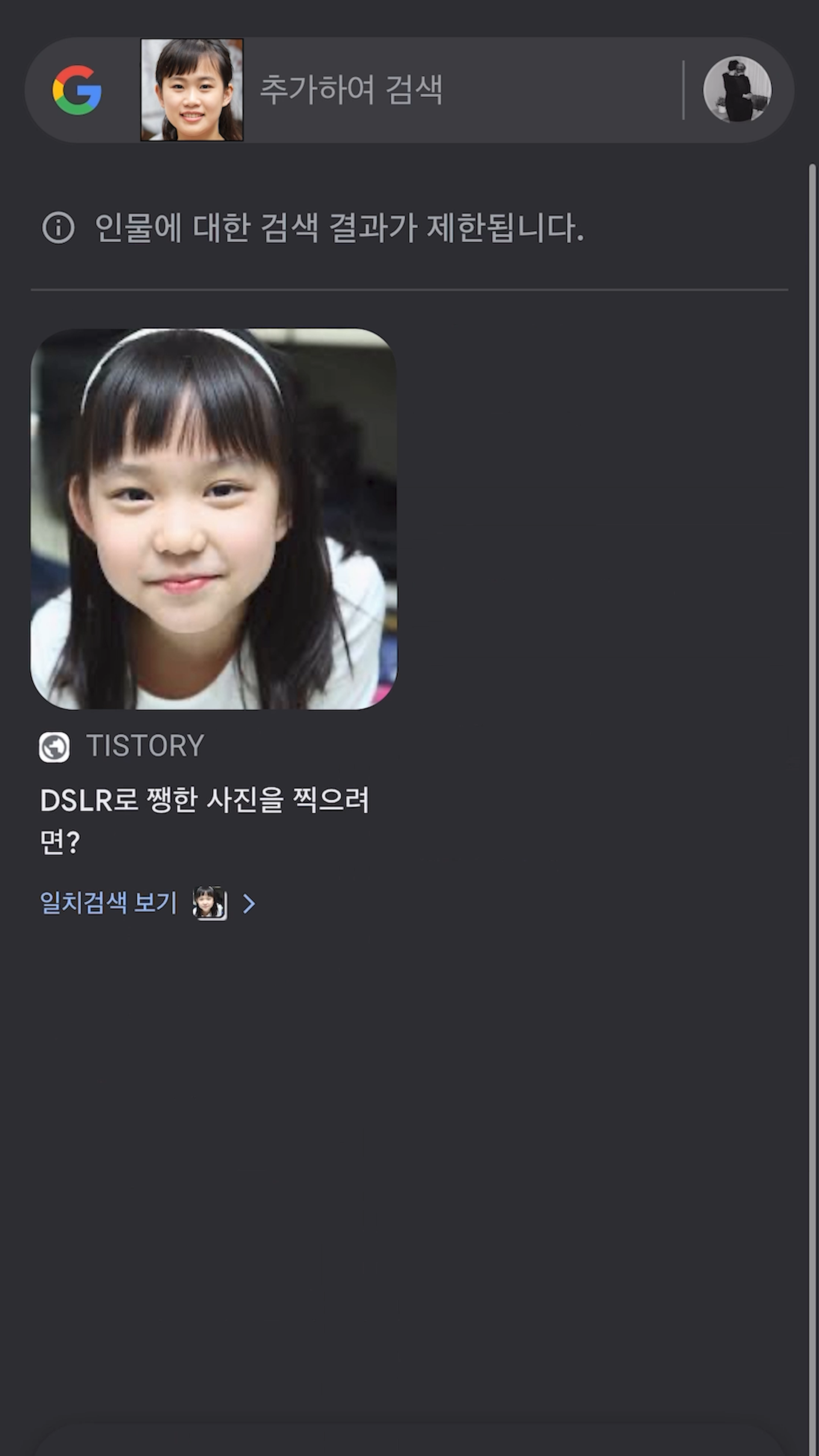
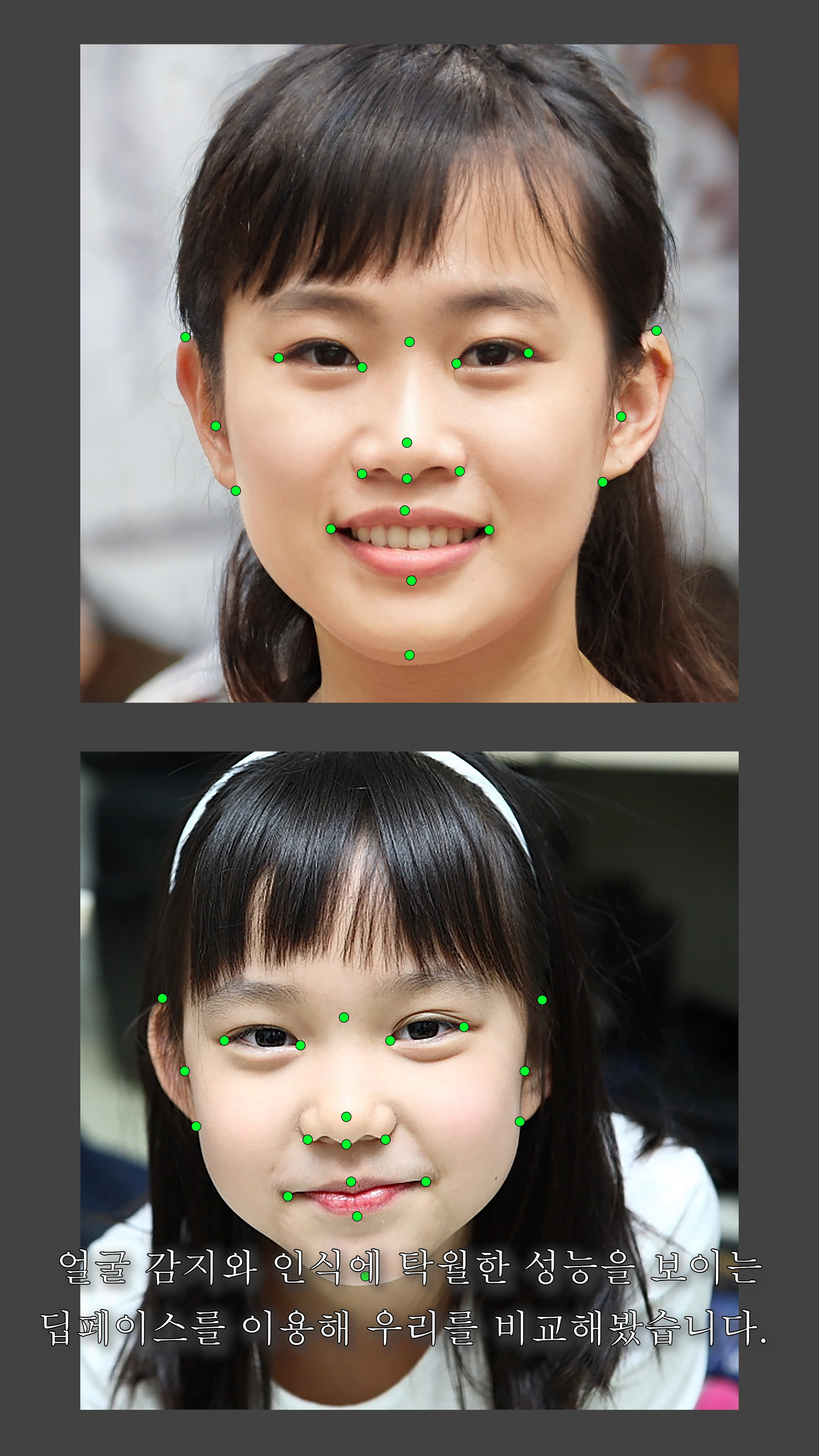
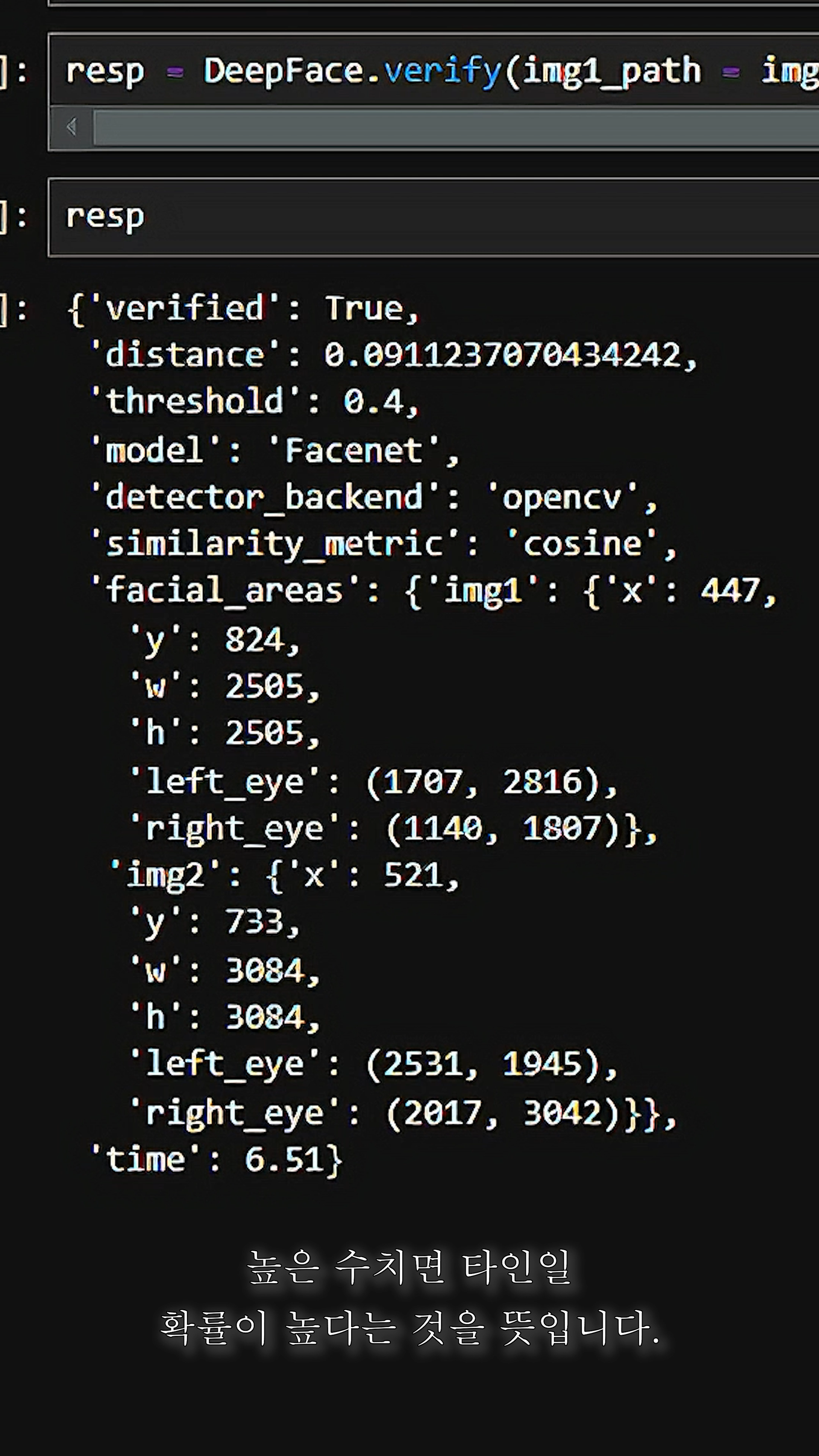
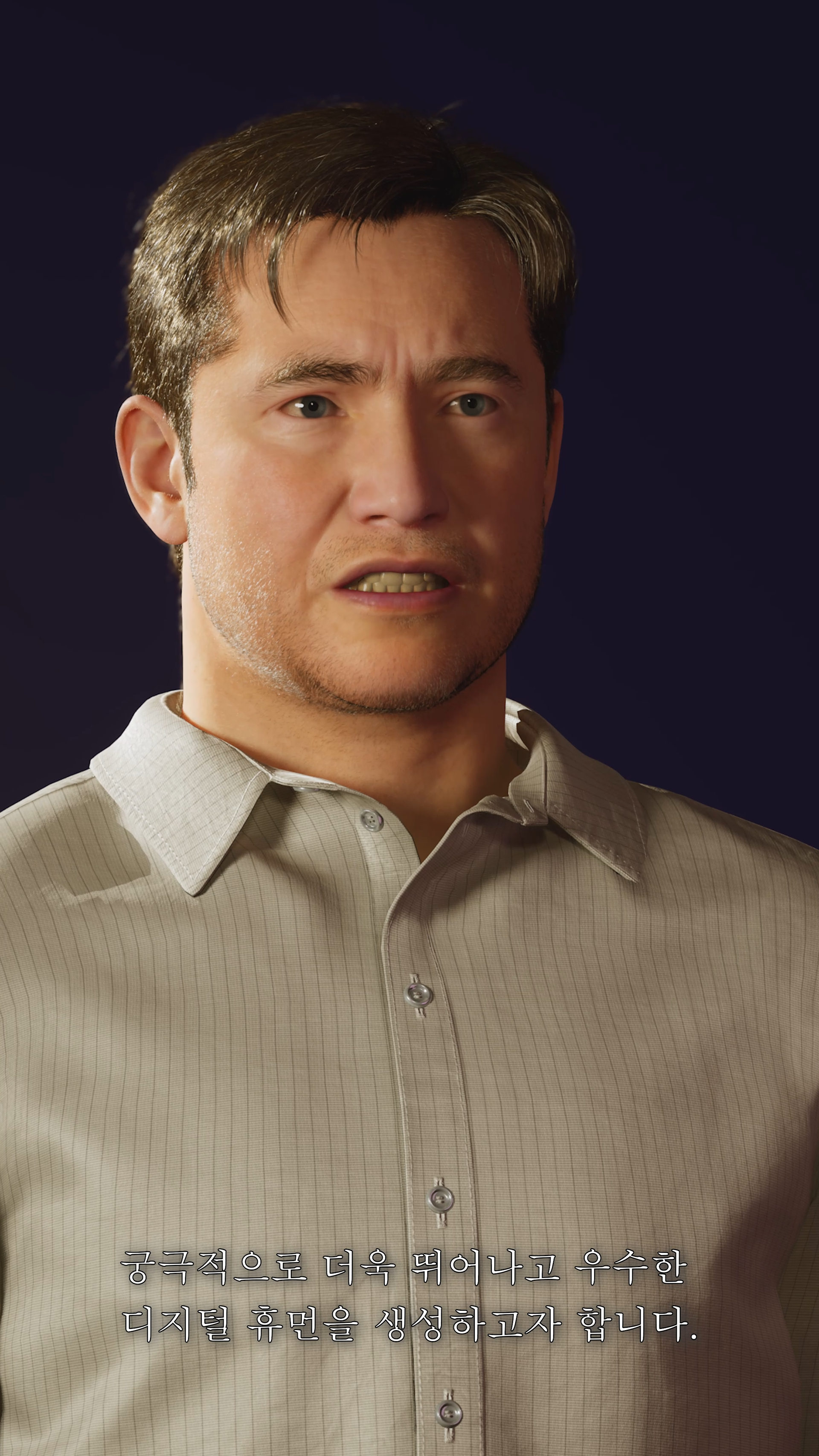
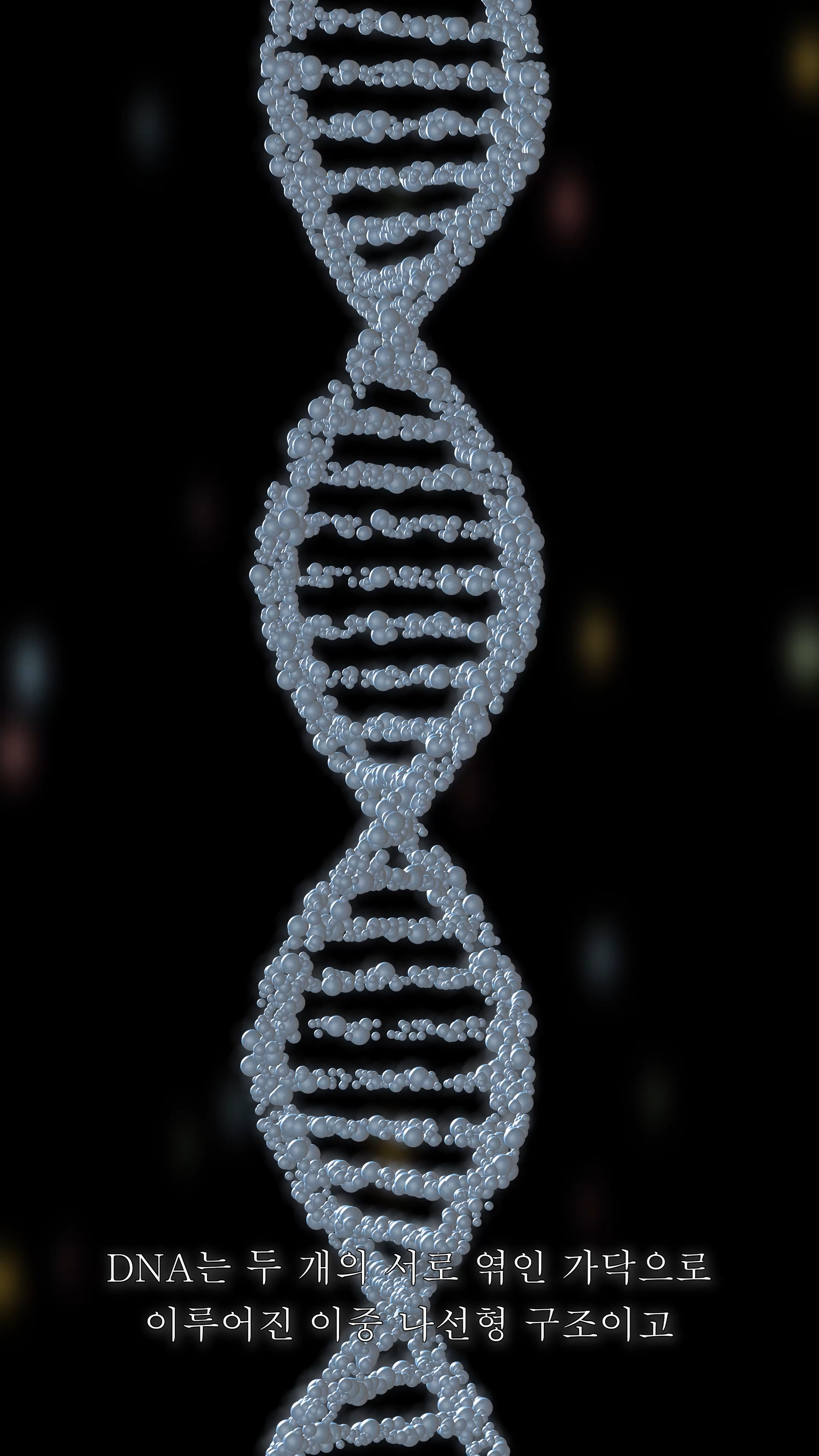
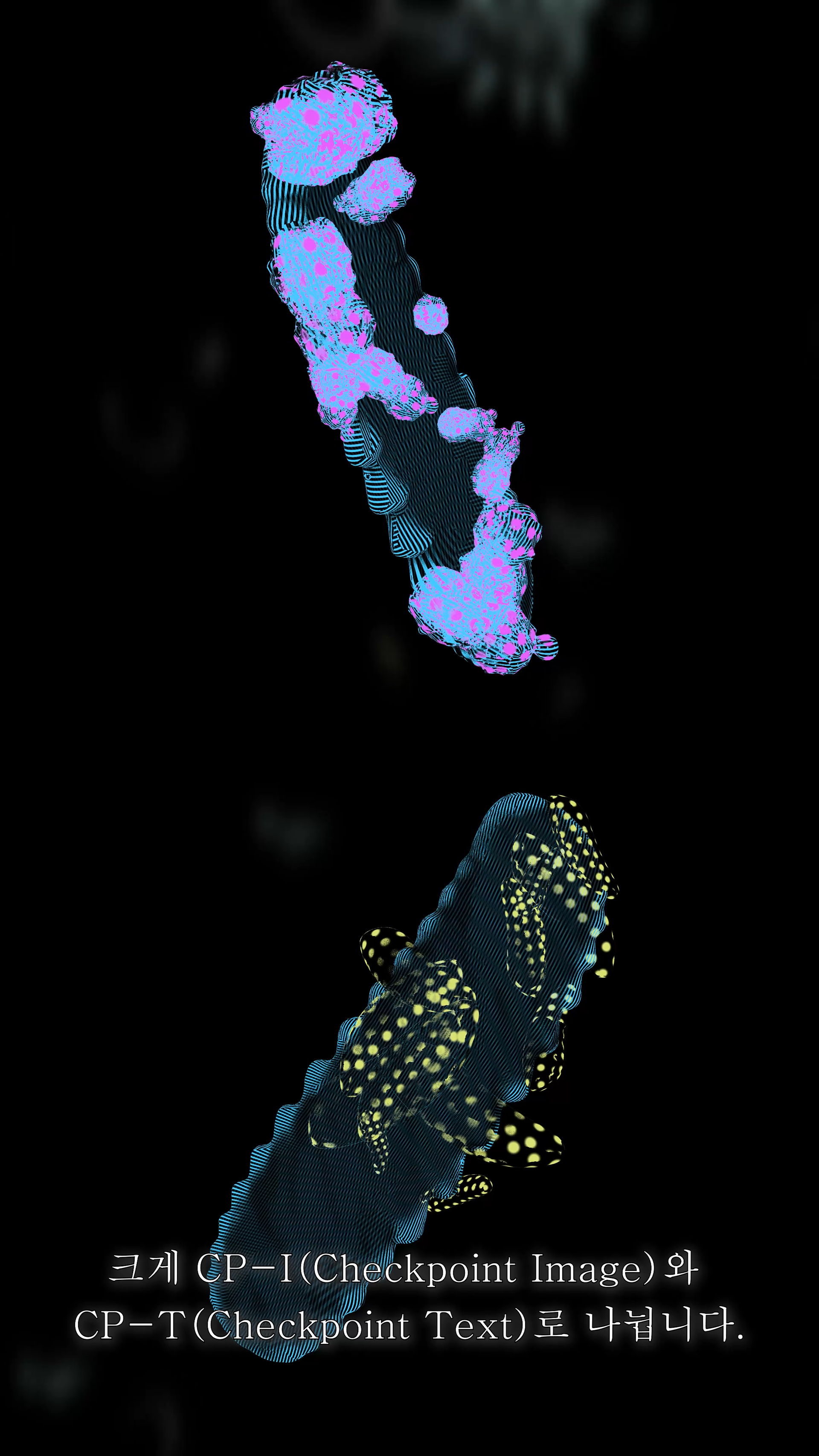
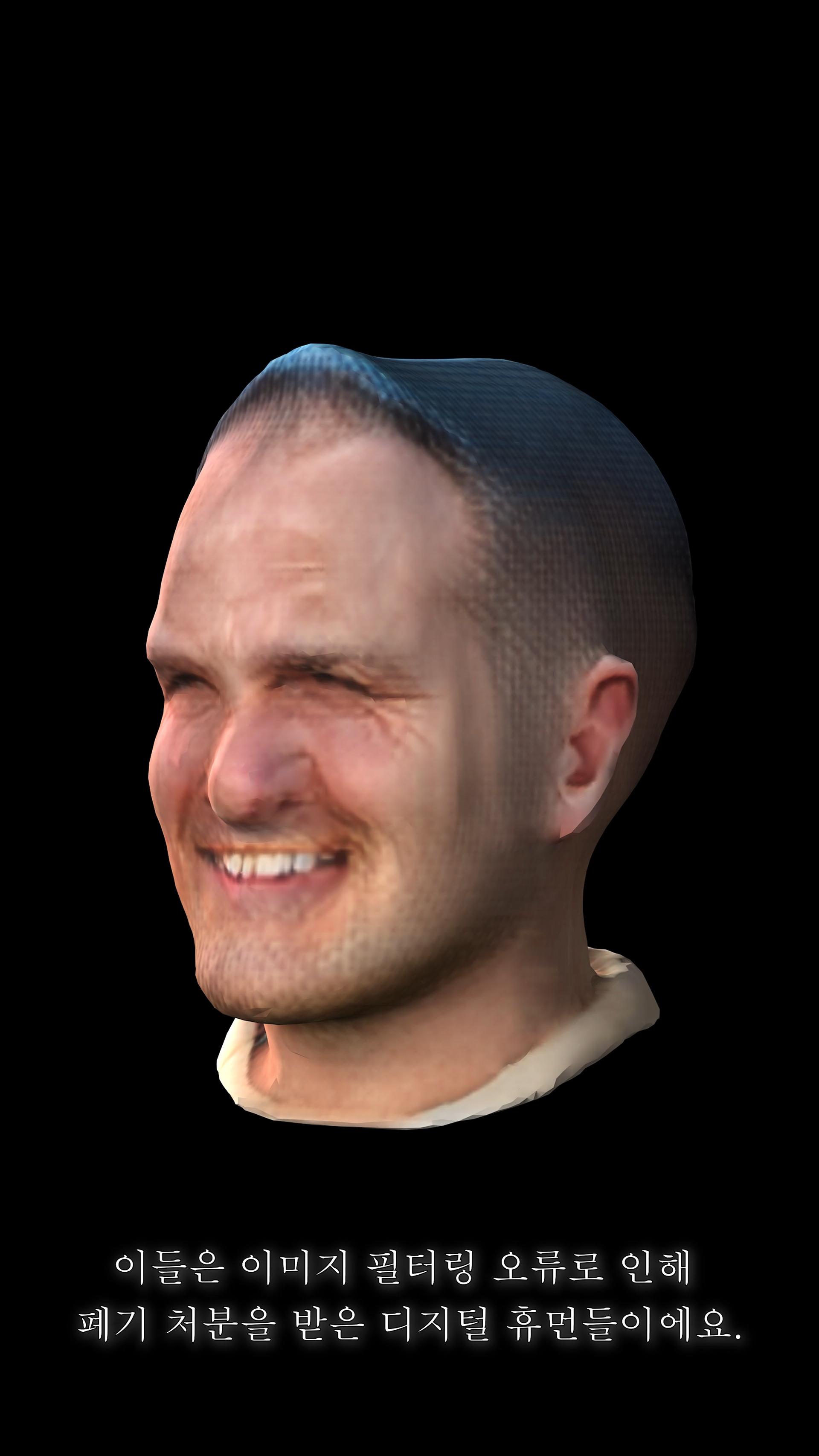
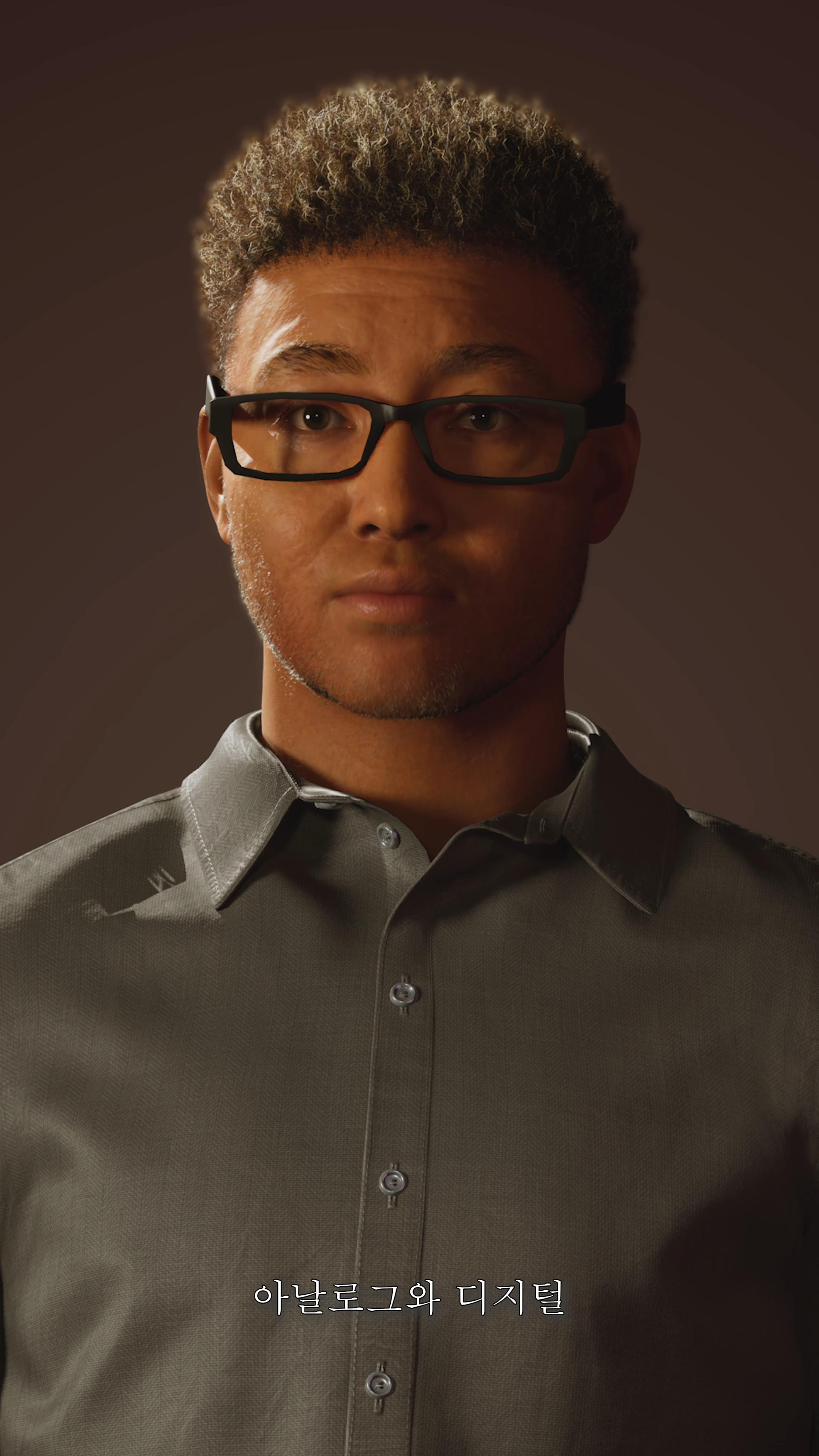

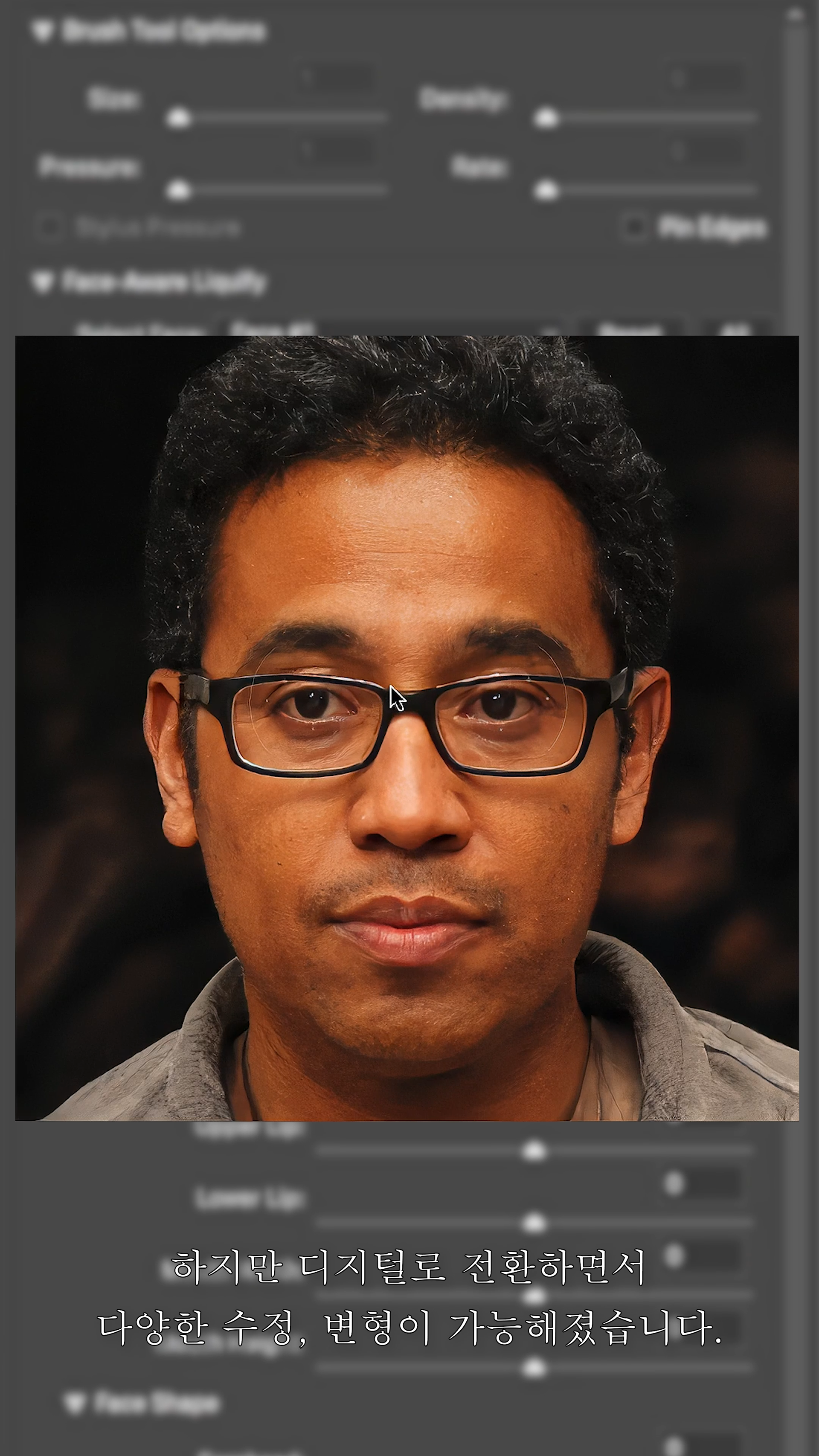
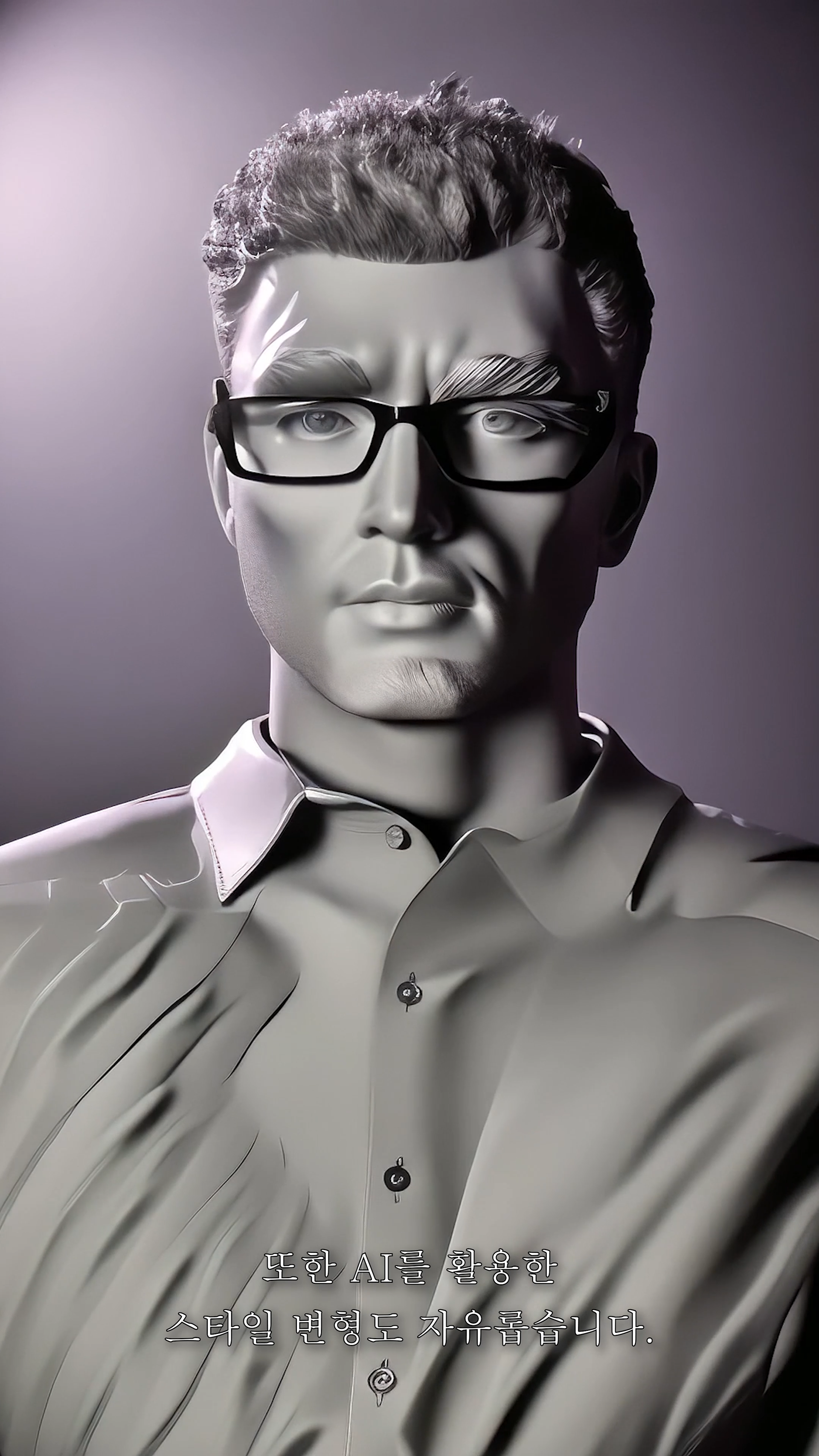
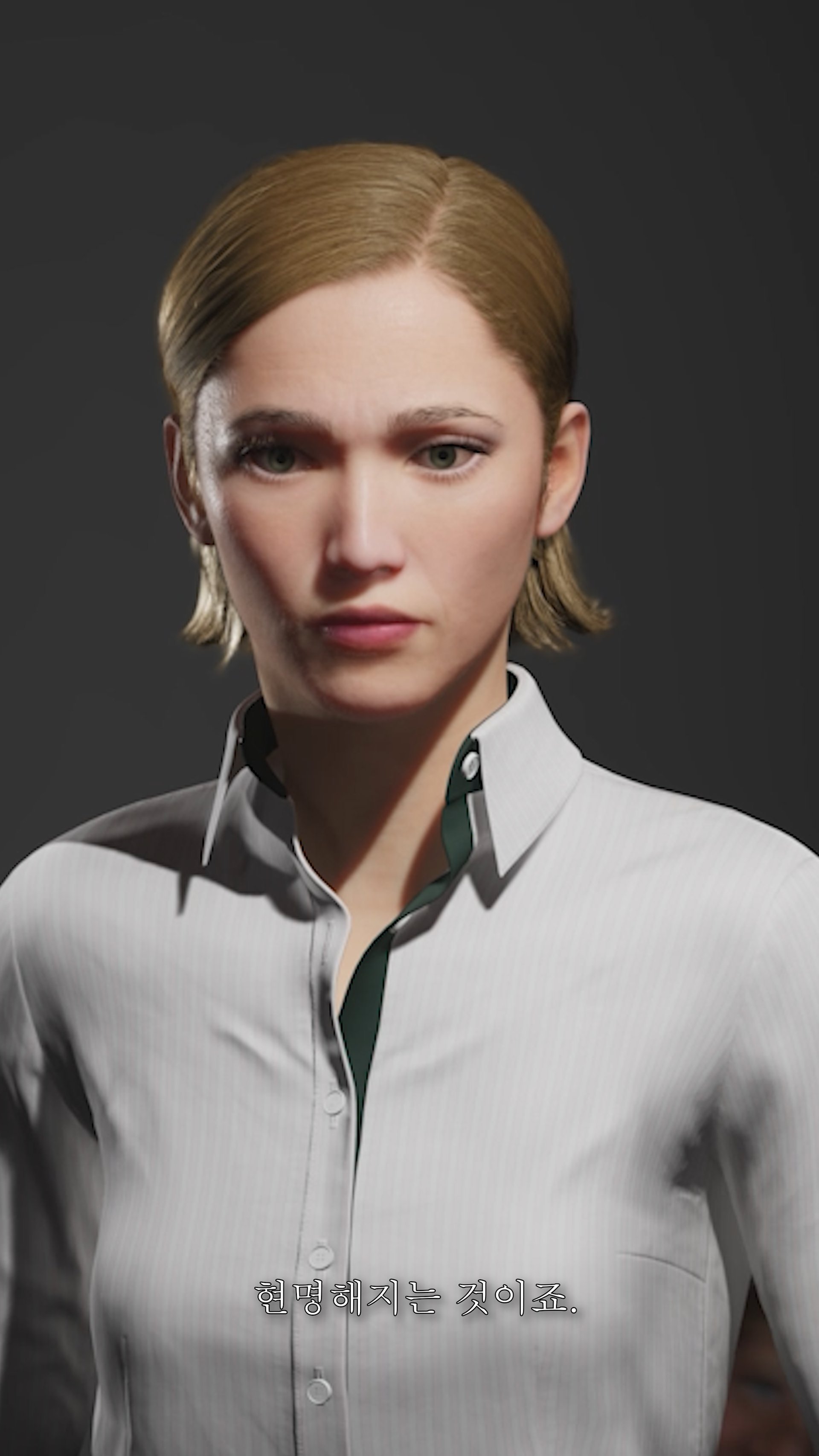
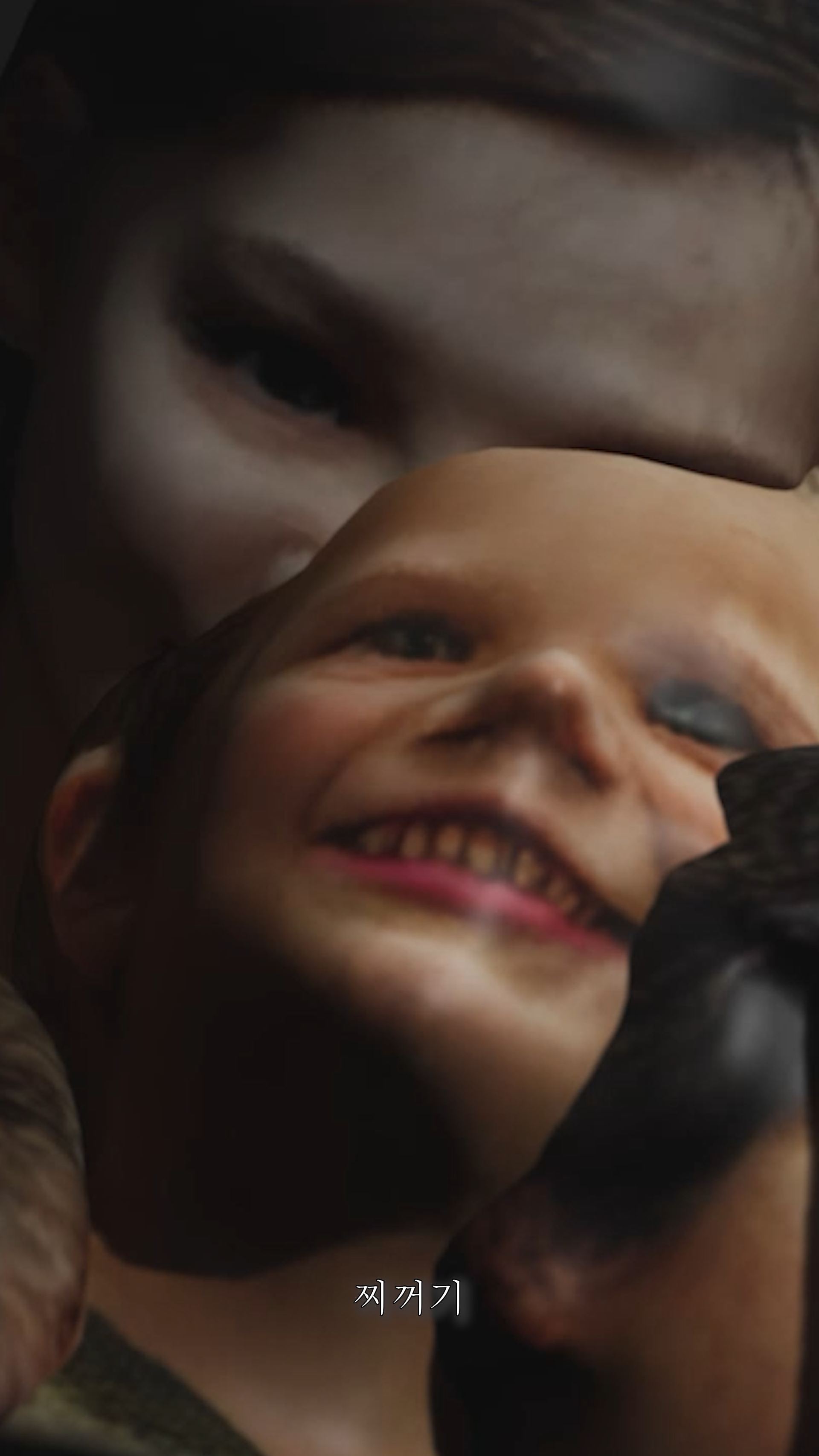
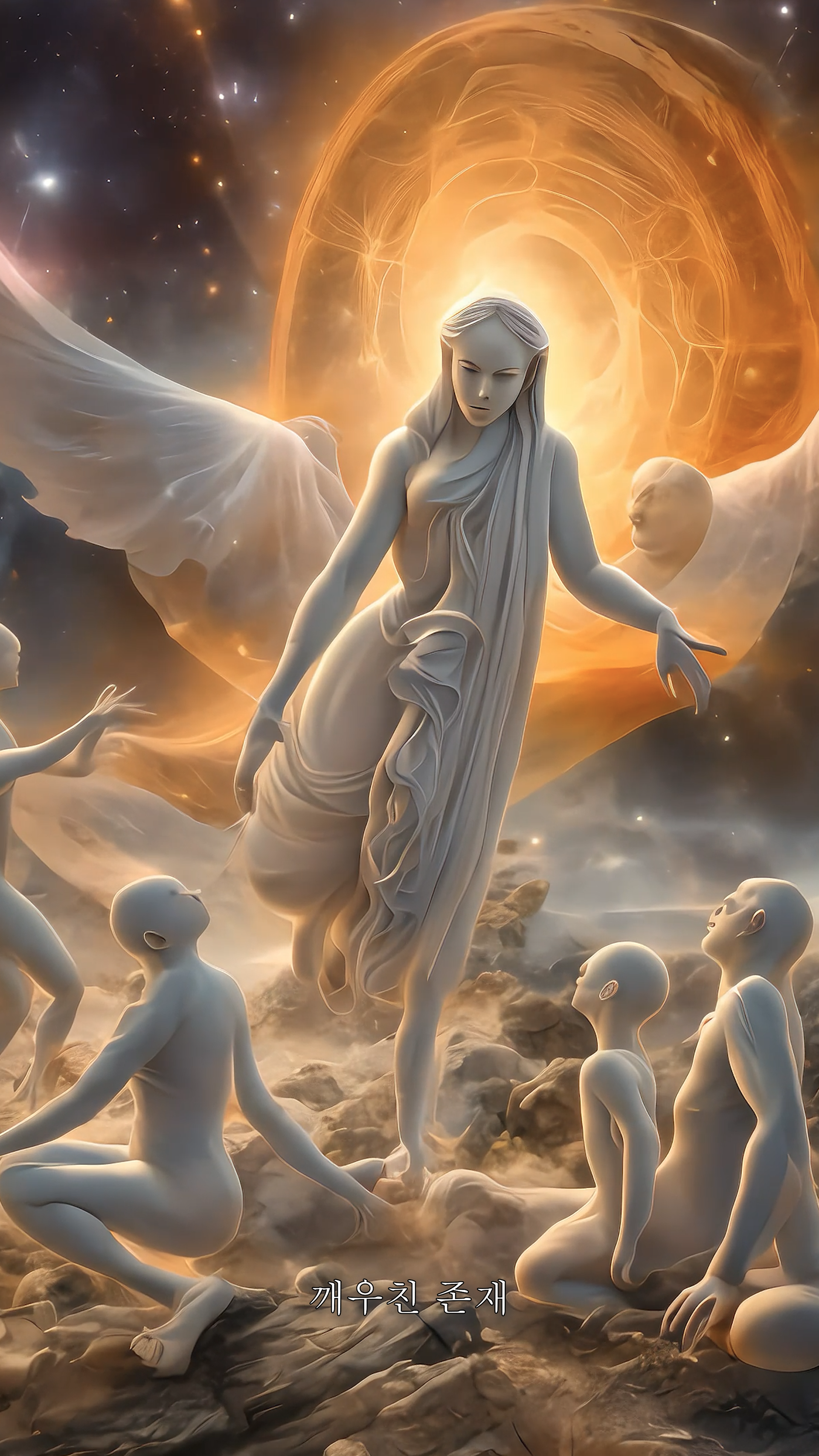
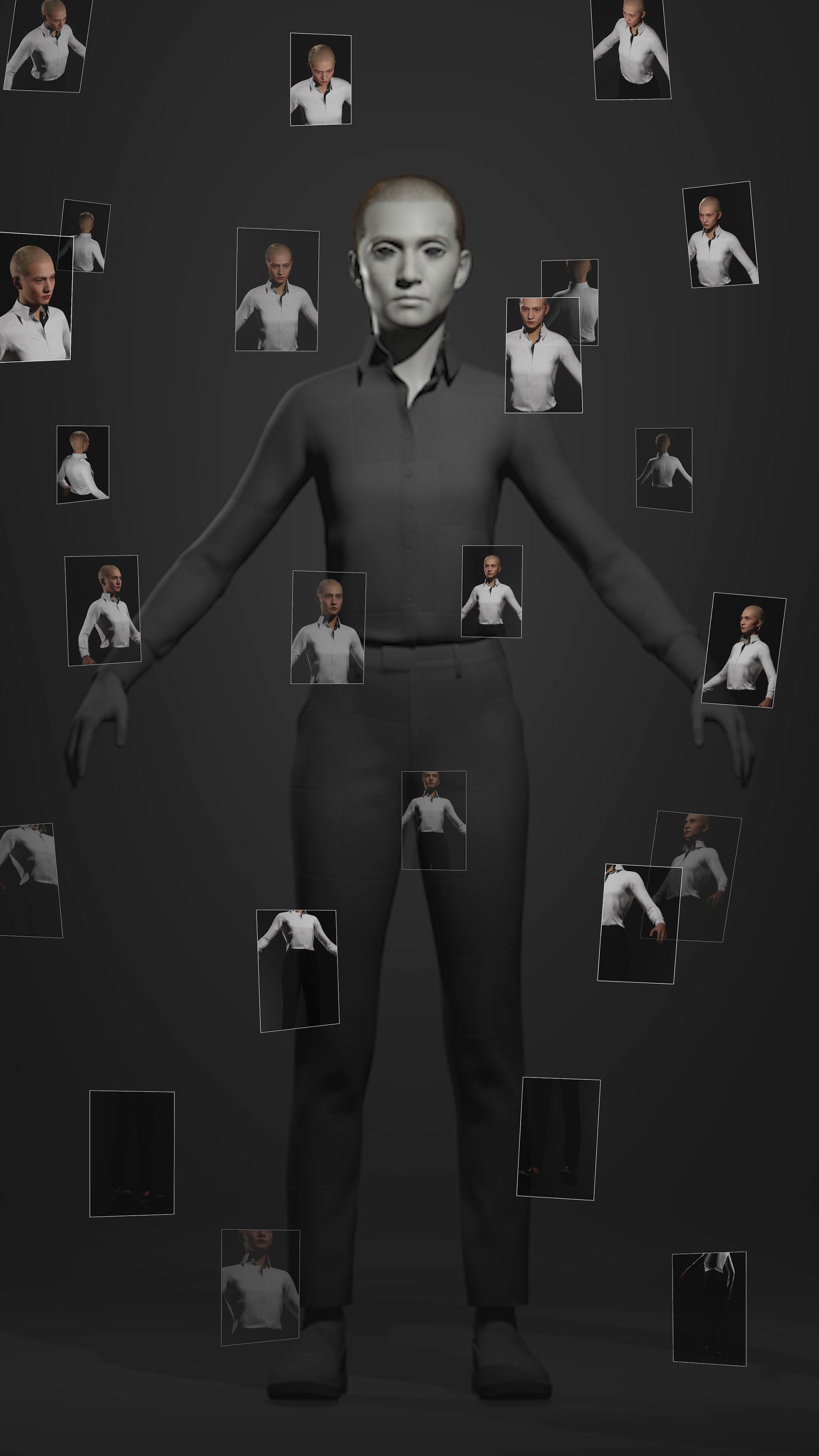
<두 개의 태양, 두 개의 달 시리즈>(2024)는 개인이 인터넷상에 게시한 사진이 거대 알고리즘의 학습 데이터가 되고, 이후에 AI 이미지 생성의 소스가 되어 재생산될 수 있다는 가설에서 시작하였다. 그러한 가설을 증명하기 위해 대규모 이미지 검색 엔진을 사용하여 데이터가 AI가 생성한 인물과 일치하는 개인을 찾는 프로세스를 수행했다. 그 후 그와의 인터뷰를 통해 <두 개의 태양, 두 개의 달(오라클)>(2024)의 주인공 오라클이 탄생하게 되었다.
이 작품은 오라클, 디지털 유전학자, 이미지 연구자, 4o라는 네 명의 디지털 휴먼의 독백으로 제시된다. 각각 ‘디지털 휴먼의 인간적인 면모’, ‘유사 과학의 형식을 차용한 디지털 유전학’, ‘알고리즘을 기반으로 한 이미지의 해석’, ‘데이터 무덤에 남겨진 존재’등 다양하면서도 상호 연결된 주제를 다룬다.
’자연스러움’과 ‘닮음’에 대한 기준과 의문에서 출발한 작품은 데이터와 개인정보의 위험성과 같은 사회문화적 이슈를 관통하여 궁극적으로 ‘인간다움’과 ’존재’에 대한 본질적인 질문에 도달한다. 현재의 AI 시스템이 속히 ‘실제보다 더 실제적인 것‘, ‘현실과 구분할 수 없을 정도로 정교한 것'에 목표를 두고 있다고 보였으나, 근미래에는 이를 목표로 하지 않을 것이라 생각하였다. AI의 생성물이 더 이상 우리를 속이는 것을 목표로 하지 않고, 우리의 눈도 그러한 변화에 익숙해지며, 그저 자연스러워지는 미래에 대한 이야기이다.
작업은 이러한 변화가 실재-비실재, 현실-가상, 존재-비존재, 그리고 인간-비인간 등 이분법적인 개념에 어떤 영향을 미칠지 탐구한다. 또한 이러한 패러다임 속에서 ‘인간다움의 가치’는 어떻게 지켜나갈 수 있을지에 대해 묻는다.
The Two Suns, Two Moons Series (2024) began with the hypothesis that photos posted by individuals on the internet become learning data for large algorithms, which can later be used as a source for AI image creation. To prove this hypothesis, we used a large-scale image search engine to find individuals whose data matched the AI-generated persona. Following this, through an interview with him, the main character of Two Suns, Two Moons (Oracle) (2024), Oracle, was created.
This work is a story of four digital humans: Oracle, a digital geneticist, an image researcher, and 4o. It is presented as a monologue. The narrative explores a variety of interconnected topics, including ‘the human aspect of digital humans’, ‘digital genetics borrowing the form of pseudo-science’, ‘interpretation of images based on algorithms’, and ‘beings left in the data graveyard’.
Starting from the standards and questions around ‘likeness’ and ‘resemblance’, the work delves into socio-cultural issues such as the dangers of data and personal information, ultimately leading to essential questions about ‘humanness’ and ‘existence’. It appears that the current AI system is rapidly aiming at ‘something more real than reality’ and ‘something so sophisticated that it cannot be distinguished from reality’, but it was believed that this would not be the goal in the near future.
The work tells a story of a future where AI creations no longer aim to deceive us. Instead, our eyes become accustomed to these changes, and they simply become natural. The work focuses on these changes as real-unreal, real-virtual, and existential—exploring the impact on non-existence and dichotomous concepts like humans and non-humans. It also raises the question of how the ‘value of humanity’ can be preserved within this new paradigm.